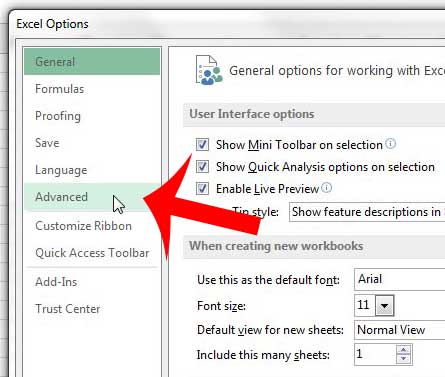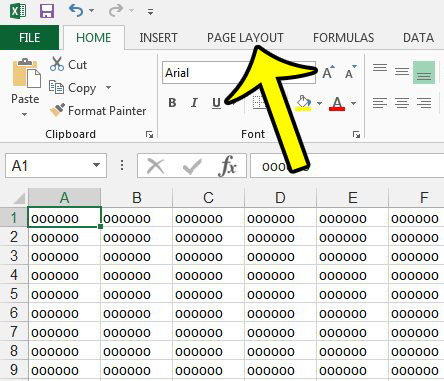

If you attended MS conferences and/or watched some of the last keynotes of BI speeches, you might have already seen some interesting previews (i.e. This might disappoint those of you that are used to buying a single license that never expires, but there is a good reason to move to Office 365 for using BI features: in the upcoming months and years, you will automatically receive updates of Office before perpetual (non-subscription) customers, and Excel will increase the number of BI features available at a faster cadence than ever before (yes, they promised it!). UPDATE Aug 16, 2013: you can get PowerPivot with Excel stand-alone, without the need of any subscription.

UPDATE Feb 27, 2013: read about a workaround to get a Volume License Agreement for just 30$. If you are not included in a Microsoft Volume License Agreement, the only way to get a copy of Excel 2013 that has all PowerPivot and Power View features available is getting an Office 365 ProPlus subscription. The only way to get these full BI features is through a Microsoft Volume License Agreement or Office 365 service.

However, you have to be careful about the Excel 2013 version you use, because not all the versions have all the features available. In Excel 2013, PowerPivot is already installed and you just have to enable it. In order to start using PowerPivot for Excel 2010, you just have to download the add-in and install it for free. Many people started using PowerPivot with Excel 2010. If you already have Excel 2013 stand-alone, you should see PowerPivot enabled in an upcoming update. This post was originally published on and is now outdated. UPDATE Aug 16, 2013: Excel 2013 stand-alone now includes Power Pivot(now the name has a space and it is no longer a single word!).


 0 kommentar(er)
0 kommentar(er)
